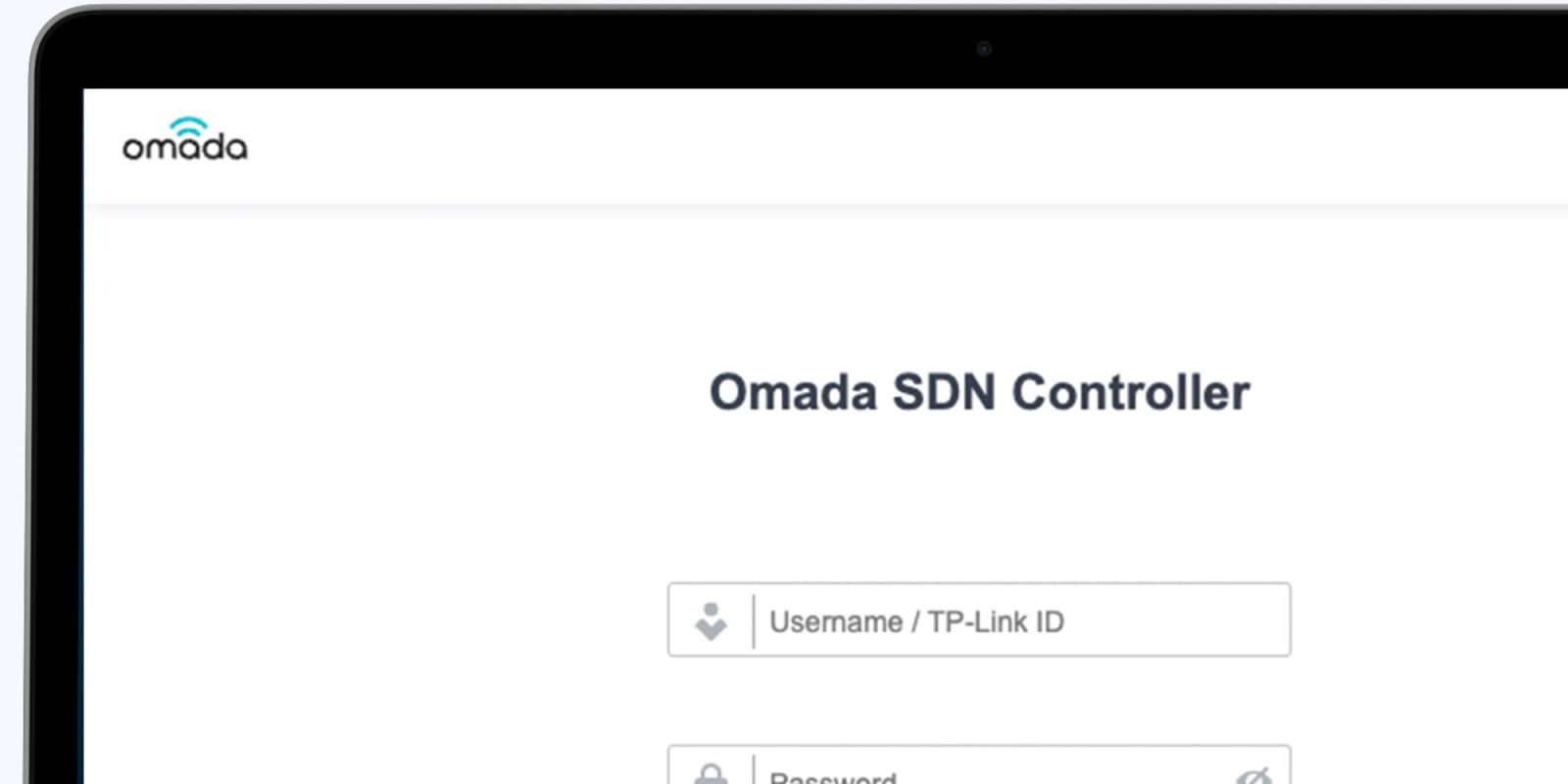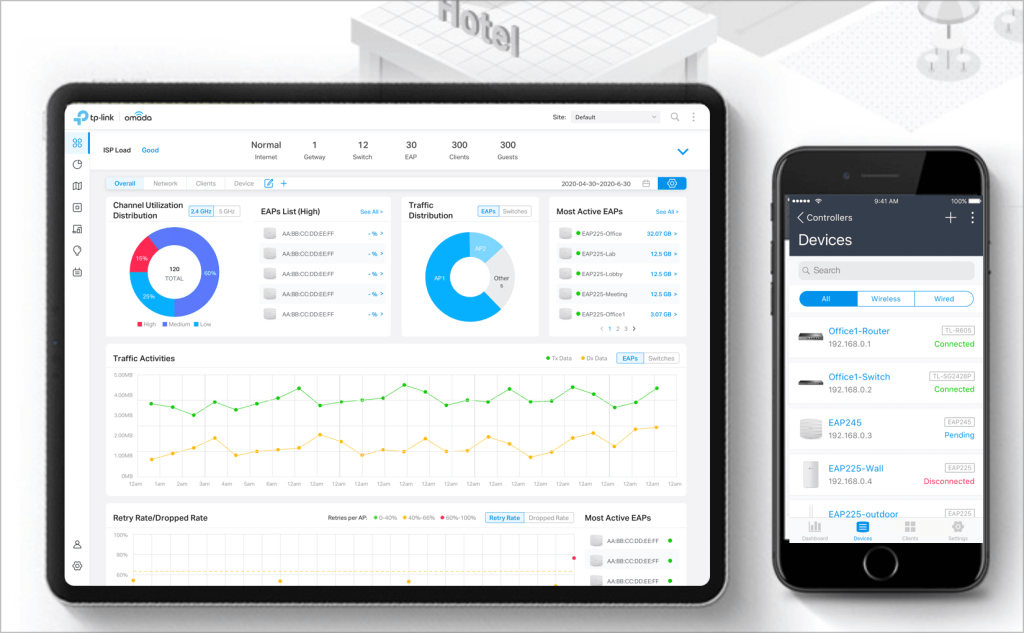
Apple @ Work is brought to you by Mosyle, the only Apple Unified Platform. Mosyle is the only solution that fully integrates 5 different applications on a single Apple-only platform, allowing Businesses to easily and automatically deploy, manage & protect all their Apple devices. Over 38,000 organizations leverage Mosyle solutions to automate the deployment, management, and security of millions of Apple devices daily. Request a FREE account today and discover how you can put your Apple fleet on auto-pilot at a price point that is hard to believe.
Wi-Fi is a crucial part of any deployment, whether it’s for an enterprise or a K–12 school. Even the best iPad and Mac deployments can be ruined by poor networking, and Wi-Fi is an integral part of it. While the industry has undergone many changes in recent years through acquisitions and advancements, low-cost providers have emerged as reliable options. Ubiquiti has been the go-to low-cost networking provider for enterprises and schools for years, but there is a new player in the market that is challenging the status quo: TP-Link’s Omada platform. In this blog post, we’ll take a closer look at this powerful platform and explore why it has become a great alternative for enterprise and K–12 Wi-Fi.
About Apple @ Work: Bradley Chambers managed an enterprise IT network from 2009 to 2021. Through his experience deploying and managing firewalls, switches, a mobile device management system, enterprise-grade Wi-Fi, hundreds of Macs, and hundreds of iPads, Bradley will highlight ways in which Apple IT managers deploy Apple devices, build networks to support them, and train users, as well as highlight stories from the trenches of IT management and ways Apple could improve its products for IT departments.
What do many organizations need from Wi-Fi?
For small and medium-sized business (SMB) environments, as well as K–12 schools, fast Wi-Fi with basic functionality and some security features is often enough. Unfortunately, larger providers don’t always offer solutions that are tailored to these needs. That’s where Eero’s new business offering is hoping to make an impact by providing an affordable and simple solution for these environments.
While larger enterprise providers offer a wide range of features, Ubiquiti has emerged as a cost-effective alternative by providing 70% of those features at only 20% of the cost. This approach may not work for every environment, but it’s a great solution for many businesses and schools. It’s similar to how the iPad Pro isn’t the answer for every iPad deployment; sometimes a lower-cost option is all you need to solve the problem.
However, Ubiquiti is no longer the only option in the low-cost networking market. TP-Link’s Omada platform has emerged as a strong alternative that offers reliable Wi-Fi and advanced features at an affordable price point.
TP-Link Omada

You’re probably familiar with TP-Link for some of their managed and unmanaged switches. When I need a go-to switch for something fast at home or in an office, TP-Link has been my default choice. Over the past year, I’d been watching the Omada line develop from afar, but I really started paying more attention when HostiFi (the absolute best Ubiquiti cloud option) started offering a hosted Omada service. I know the team at HostiFi well, so I picked up some demo gear to test it. Everything about TP-Link’s overall experience is completely up to par with Ubiquiti. I tried out the EAP10, and it was very comparable in speeds I expected elsewhere and at a price point that is near consumer levels. My experience with TP-Link’s Omada switches was a similar experience as well. I am not going to go into all the ins and outs of the platform, but if you’re familiar with Ubiquiti, you’ll feel right at home with Omada.
One thing I wanted to mention is how the Wi-Fi market has evolved in recent years. A decade ago, the chipsets were pretty basic and manufacturers did a lot in software to provide additional features. Today, almost every company is using the same chipset, and many features are now baked into the chip’s firmware. TL;DR: everyone is on an equal playing field.
I came away from using the gear knowing it’s really the first true alternative to Ubiquiti on the low end of the market. Should a Ubiquiti customer replace all their gear with TP-Link tomorrow? Absolutely not, but if you run into issues with Ubiquiti in the future either from a reliability perspective or trouble getting supplies – TP-Link is now up to par in terms of a company offering 70% of the features of major networking solutions for routing, switching, and Wi-Fi at 20% of the cost. While I prefer a solution like HostiFi for management, Omada offers a local controller as well. For schools, retail organizations, and other folks looking for value-based networking – TP-Link is now a clear option for you.
Apple @ Work is brought to you by Mosyle, the only Apple Unified Platform. Mosyle is the only solution that fully integrates 5 different applications on a single Apple-only platform, allowing Businesses to easily and automatically deploy, manage & protect all their Apple devices. Over 38,000 organizations leverage Mosyle solutions to automate the deployment, management, and security of millions of Apple devices daily. Request a FREE account today and discover how you can put your Apple fleet on auto-pilot at a price point that is hard to believe.

Add 9to5Mac to your Google News feed.
FTC: We use income earning auto affiliate links. More.







